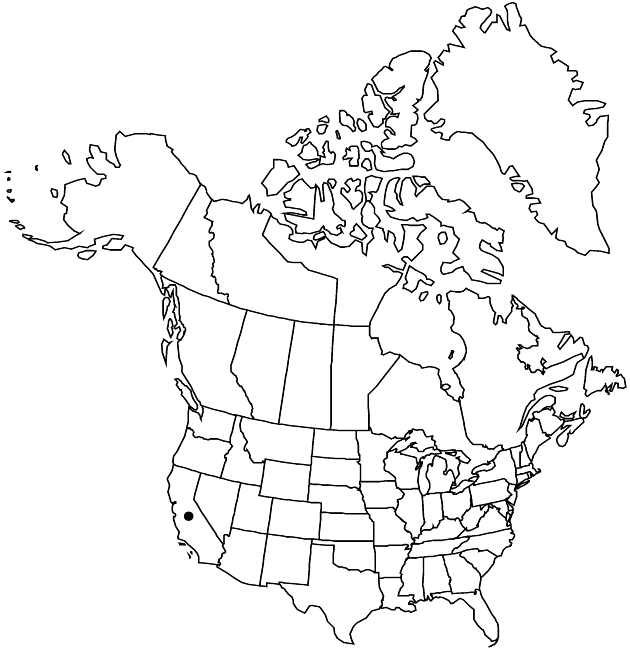Difference between revisions of "Hazardia cana"
Pittonia 1: 29. 1887.
Common names: San Clemente Island bristleweed
Basionym: Diplostephium canum A. Gray Proc. Amer. Acad. Arts 11: 75. 1876
Synonyms: Haplopappus canus (A. Gray) S. F. Blake
FNA>Volume Importer |
imported>Volume Importer |
||
| Line 57: | Line 57: | ||
|publication year=1887 | |publication year=1887 | ||
|special status= | |special status= | ||
| − | |source xml=https:// | + | |source xml=https://bibilujan@bitbucket.org/aafc-mbb/fna-data-curation.git/src/bb6b7e3a7de7d3b7888a1ad48c7fd8f5c722d8d6/coarse_grained_fna_xml/V19-20-21/V20_1035.xml |
|tribe=Asteraceae tribe Astereae | |tribe=Asteraceae tribe Astereae | ||
|genus=Hazardia | |genus=Hazardia | ||
Revision as of 20:42, 27 May 2020
Shrubs, 60–250 cm. Stems lanate-tomentose. Leaves subsessile or subpetiolate; blades oblanceolate, 4–12 × 1–4 cm, thin, bases not clasping, margins serrulate to subentire, abaxial faces densely short-tomentose, adaxial glabrate or glabrescent. Heads in thyrsiform arrays. Involucres broadly turbinate, 7–10 × 5–8 mm. Phyllaries erect, oblong, apices acute, faces of outer loosely woolly-tufted apically. Ray florets 6–14, fertile; corollas shorter than involucre, inconspicuous. Disc florets 15–25; corollas 5–8 mm. Cypselae 3–4 mm, canescent. 2n = 10.
Phenology: Flowering Jun–Sep.
Habitat: Rocky canyon walls
Elevation: 200–500 m
Distribution

Calif., Mexico (Baja California).
Discussion
Hazardia cana is known from San Clemente Island.
Selected References
None.
Lower Taxa
None.